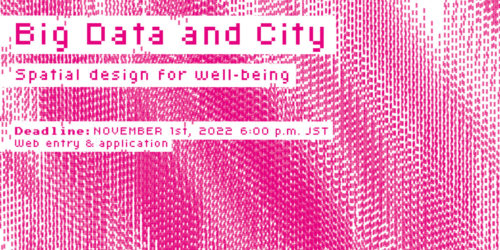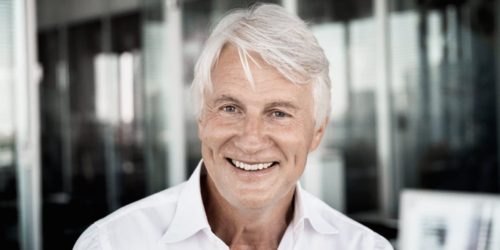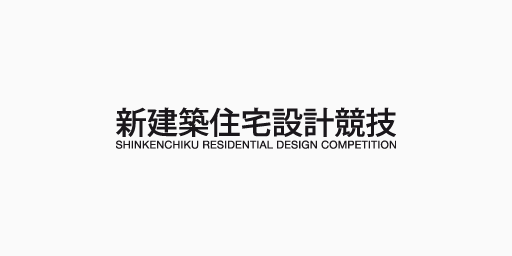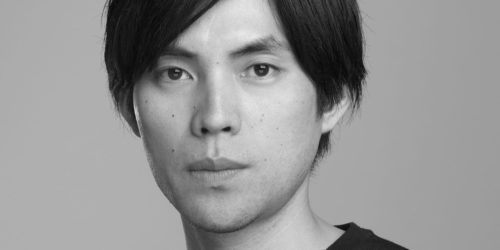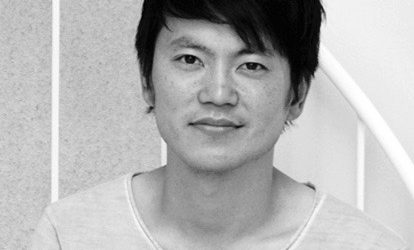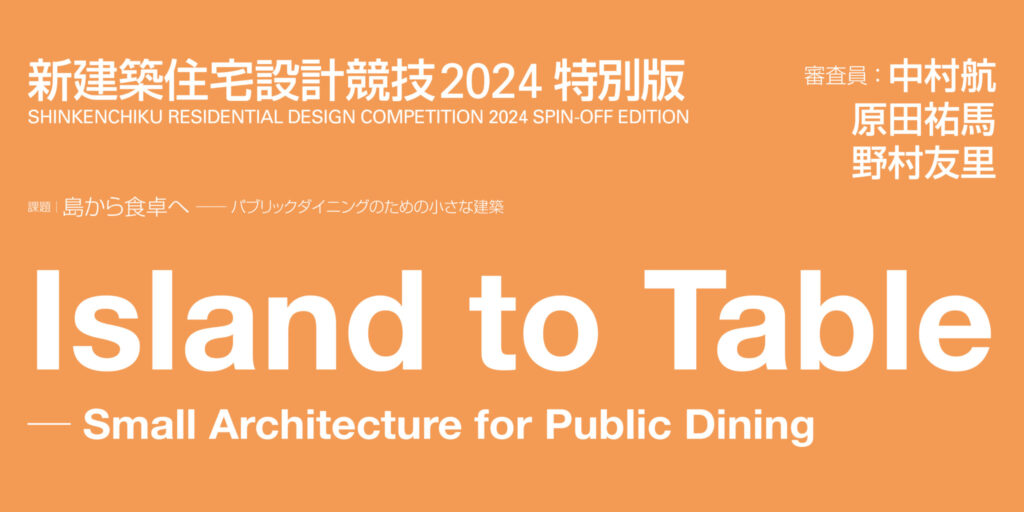Competition 2018 The Distance Between AI and Architecture: Shohei Shigematsu
2018.03.29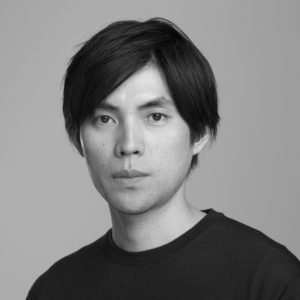
Shohei Shigematsu Jury Member
Will AI essentially be able to change architecture? Many may have thought so when they saw the theme for this design competition. Because I myself am not a technology optimist, I felt a sense of unease as a student when there were many design competitions based on a theme such as “Virtual House” in the mid-90’s when the use of the Internet started to proliferate. I felt that only a small part of the technology that was still enigmatic back then was implemented to justify the twisted forms that were created. In fact, architecture did not change by the Internet. But people’s behavior definitely changed. The way urban space is recognized and movement in the urban space have changed. The relationship between urban and rural areas has also changed. Industry has changed. Banks, logistics companies, publishing companies and apparel companies are all now technology industries. In addition, the slogan for countries, corporate companies and universities has become “Innovation.” When such direction was taken, the number of clients involved in the fundamental roots of such initiatives also increased inevitably. I myself have also participated quite a lot in conferences with themes such as “Future” and “Innovation.” It is undeniable that these words have lost their substance, but in the current situation where there is a pressing need to go through fundamental restructuring in various fields, I strongly felt that everybody is thinking that adopting state-of-the-art technology and collaborating across various fields will become the key to realignment. Because of these circumstances, I wanted to make it possible to share the theme of this prestigious design competition not only in the field of architecture but also in many other fields as well.
There is no solution to a house. At least that is how I feel right now. It goes without saying that because there is no answer, the quest will continue, and both innovations and mutations will occur, and AI will come up with a solution. Moreover, it will not be able to show the circumstances and cause-and-effect relationships leading to the answer. If architectural imagination is at the forefront of accumulation of knowledge such as history, examples, aesthetics, laws, building codes and environment, the proposals made by AI should not be ignored. However, because AI is programmed by people after all, I felt that it would be meaningful now for humans to think about the framework and possibilities without prejudice. Whether there is a solution or not, there is a wide variety of struggle with AI in the submissions, and it is possible to feel the difficulties to face something that is unfamiliar to us. There were many submissions that boldly challenged to create architecture out of this theme, but unfortunately, my honest feeling was that it is extremely difficult to express it as architecture at the present time. Although such feeling of uneasiness remained, I was able to see many possibilities through wide range of settings and expressions. In order to share such diverse ideas as much as possible, I grouped the submissions with similar directions and chose outstanding works from each group. In a sense, I feel that it is my way of coming up with a solution at the present stage to convey this confusion directly.
The proposal by Masumoto and Yamaji (First Prize) is not an architecture proposal. The house becomes a scanner that reads the subtle condition of the resident, and from those information gathered, the AI recommends a “program” for urban activities specialized for each resident. Then the awareness on people, information and architecture in the urban environment of the resident who receives the exquisitely ambiguous recommendation is stimulated and the resident’s urban experience completely changes. The fear that there is no link to the AI proposal is conversely portrayed positively as a trigger for people to further explore the city. This is like chasing after a white rabbit into the city and getting lost like in “Alice in Wonderland.” In the end, it would be up to the person to follow the recommendation made by AI or rely on one’s intuition. Either way, the city experience will probably be fun, and I liked the mediocrity of getting close as possible to the user’s viewpoint rather than a proposal that thinks in a top-down manner. It has a positive outlook towards AI, but at the same time, I can also feel the unease of how technology can influence our daily lives unconsciously. Because there are absolutely no architectural ideas, I had great difficulty in deciding on whether to make this submission the first prize or not. But I felt that it will be possible to design each architectural element in an interesting way based on the setting that architecture becomes an extension of the body in conjunction with the AI. But taking a clear-cut stance that the appearance of architecture and the city will not change, that spatial and urban experience can change dramatically by software and program is resolute and realistic.
The proposal by Ji and Xu (2nd Prize) is a proposal for a “Nomadic Living.” This is a straight out of the book future prospect that covers the changes to labor, ownership, human relationships and mobility brought on by AI. A vision in which architecture and city will assimilate with each other by AI based on a number of lifestyles is portrayed, and it is a convincing to predict that AI will propose efficiency, standardization and super-commercialization by utilizing urban infrastructure network and not an evolution of a single house. The suggestion that evolution is entrusted to a group of architecture that specializes in hobbies and pleasures born from the concept of labor and permanent settlement being dismantled was also convincing. However, each of the design is mediocre and does not go beyond the scope of the diagram. Although it is a completely different proposal from Toyo Ito’s proposal “Pao Dwelling for Tokyo Nomad Girl” (December 1985 issue of Shinkenchiku) which was a criticism of the consumer society in the 1980s, it is regrettable that after 30 years, electronic technology is still associated with being nomadic. Furthermore, I was concerned that there was no mention about who will manage this system and that there was no sense of crisis or criticism towards the possibility of the urban experience getting completely commercialized. The facileness at the liberal use of the word “smart” is also a cause for concern.
The proposal by Aliabadi (2nd Prize) is an abstract matrix. Because it is a proposal for an abstract variation within the limited type of cube shape, it conversely raises various possibilities. It is a drawing that can be a plan, section or an elevation, but when AI actually explores the possibility of space, such preconception may disappear. Because scale is eliminated, the drawing can be read at the scale of a city, block or architecture, and also questions whether it is virtual or real. Furthermore, it seems that the AI is enjoying the possibility of deriving various solutions, and also expresses the futility of such act in a cynical manner. Certainly, AI may end up increasing only possibilities without finding a solution. It is polemical, but it is a pity that there is nothing new in terms of space and expression.
The proposal by Okubo, Kato and Tashiro (2nd Prize) expresses the constant changes that a house as a media goes through like an environment very well among proposals where a house becomes functionless and merges with the nature and landscape. It is not possible to live in a house where the physical environment changes dynamically like this and with absolutely no partitions and walls. But there may be significance in highly public places such as parks and schools for a “public space that constantly evolves” that is created by sensuous ties.
The proposal by Masaki (2nd Prize) was presented well in how it expresses the atmosphere in which the humans and mind merges with the house among many proposals where a house becomes cells and living organisms. However, an analogy to the womb or a primitive space seems a bit too simplistic. If the act of joining and splitting through the human mind in repeated, then there could have been a design for compositing and nodes that no one has ever seen before. It is also a shame that the space does not change significantly whether it is singular or in a group. The notion of AI=”A house becomes a living organism” could possibly exist in the near future, but then seems outdated architecturally. The question is, will AI evolve only architecture this far.
The proposal by Kimura (Honorable Mention) has an energetic feel although it was not thought through architecturally among proposals that put in a lot of effort in architectural expression. If there were more differences between the spaces, then it could have been applied to science fiction movies. This is probably what happens if AI makes certain situation worse.
The proposal by Yue (Honorable Mention) tries to satisfy the needs of the diverse composition and activities of the house by placing the core of the AI in the form of a folly. Although there were many proposals with metabolism-like system, the case study and experimental nature of this proposal was commendable.
The proposal by Yoneda (Honorable Mention) is the most ambitious among proposals where a city and houses merge as one. It is interesting to note that although it is expressed in a utopian way, it is really a dystopia.
The proposal by Ishida (Honorable Mention) was commendable for how it has thought through the diverse possibility of people connecting physically including mobility. But I would have liked to see something newer in the design.
The proposal by Damjanovic (Honorable Mention) expresses the possibility of utilizing AI in public space instead of a house. Although it may be against the rule to think outside of the framework of a house and it abandons 3D design, I chose this proposal because I wanted to have a proposal for a system where the AI can actually improve the public space.
